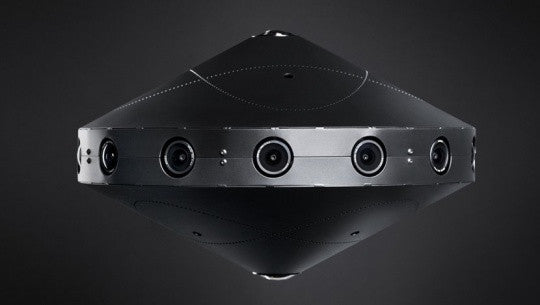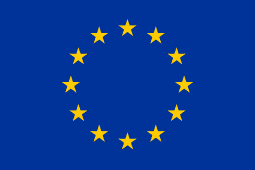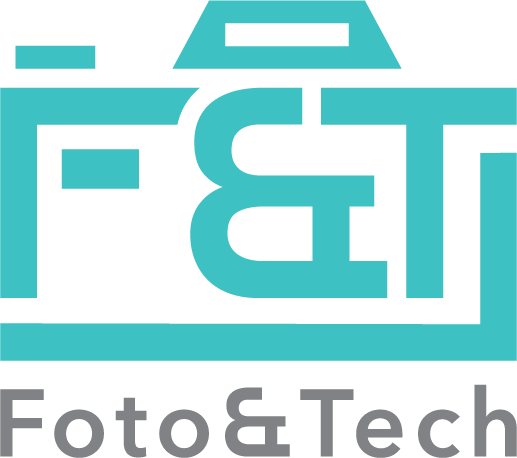Facebook Unveils Open-Source 360-degree VR Camera

April 12, 2016 - Facebook introduced a new 360°, 3D virtual reality camera designed by the social network at its developer conference in San Francisco.

Shaped like a UFO, The 17-camera rig is actually just a prototype, and “we’re not going to sell the camera,” said Chris Cox, Facebook’s Chief Product Officer.



The camera is quite large and fits on a set of wheels. 14 wide-angle cameras are bolted onto the flying saucer, 1 fish-eye camera on top and 2 more on the bottom. This allows capturing the surroundings without showing the pole holding up the camera, a common problem here in the early days of 360° video. A global shutter is used instead of a rolling one, which ensures the resulting footage does not display artifacts from the closing of individual shutters. In a brief demonstration Monday at Facebook headquarters, video captured through Surround 360 appeared to be crisp and seamless, with no flaws visible in the footage. The Surround 360 camera also records in 3D and is able to produce images in 8K resolution, and Facebook developed software that eliminates the pain of stitching the 17 different shots into one, Cox said.
The Surround 360 camera is to entice developers to take Facebook’s design and run with it, he added.
“We’re trying to help create a great reference device,” said Cox.
The 4 main draws of the Surround 360 camera:
-
Extremely high-quality footage:its 17 4-megapixel lenses can shoot in 4K, 6K, and even 8K, dumping the 30-gigabit per second data to a hard drive over USB. The one fish eye lens on top and two on the bottom mean there’s no hole in the footage above or beneath you, and the pole the camera stands on disappears.
-
Durability:Its aluminum casing can be quickly assembled and disassembled, it will survive tough conditions like the desert and it can shoot for hours straight without overheating.
-
Portability:It’s designed to handle frequent plane flights, and its rolling base makes it simple to move around.
-
Near zero post-production required:By using genlocking to connect all the lenses, the software can do less work so footage is ready for distribution an order of magnitude faster, in a day rather than weeks.
Facebook engineers spent $30,000 buying the raw materials for the camera. The company says volume buys and tweaking of the formula could bring the costs down. The cameras are made by Point Grey, which makes cameras for industrial, scientific, medical, traffic and security applications, according to its website.
Facebook is positioning Surround 360 as the best-designed camera of its kind, thanks to integrated hardware and software designed by the company to work in harmony. The device can work for "many hours" without overheating, and exports video in resolution up to 8K. It can be viewed on Gear VR, Oculus, and inside the Facebook app, among other places.
"There's something about how high-quality the experience is that immediately makes you believe in 360 film," said Chris Cox.
Making 360-degree cameras is increasingly a priority for tech companies, and they've begun building both cheap devices for consumers and high-end models for Hollywood. On the lower end of the spectrum, 360 action cameras have been announced by Nikon and GoPro. On the high end, Google introduced a $15,000 16-GoPro camera VR rig named “Odyssey” which is available via invite only. It went on sale in September. Last summer Nokia unveiled Ozo, a next-generation 360° camera aimed at professional filmmakers. The device, which will sell for $60,000, began shipping last month. The cameras are designed to enable a new generation of filmmaking, which tech companies are betting will be consumed on virtual reality headsets.
The Surround 360 camera is not for consumers, but serious filmmakers. You record to an external hard drive instead of an SD card and the file it produces is mega. Facebook won't put the open-source designs on Github until sometime this summer.









